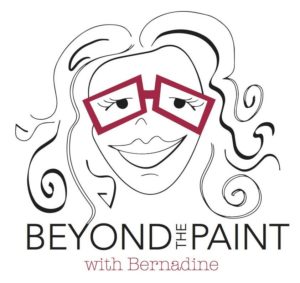As many of you who listen to this podcast know, I am a visual arts educator, historian, speaker and of course, a podcaster. I never considered myself a maker. Until now! I took up photography to learn and experience first-hand the artistic process. This episode journeys with you my immersion into a photography series titled “The Other Side of the Mirror,” employing a toy camera, the Holga.
Images below are from the series, 10 images in total with accompanying text.
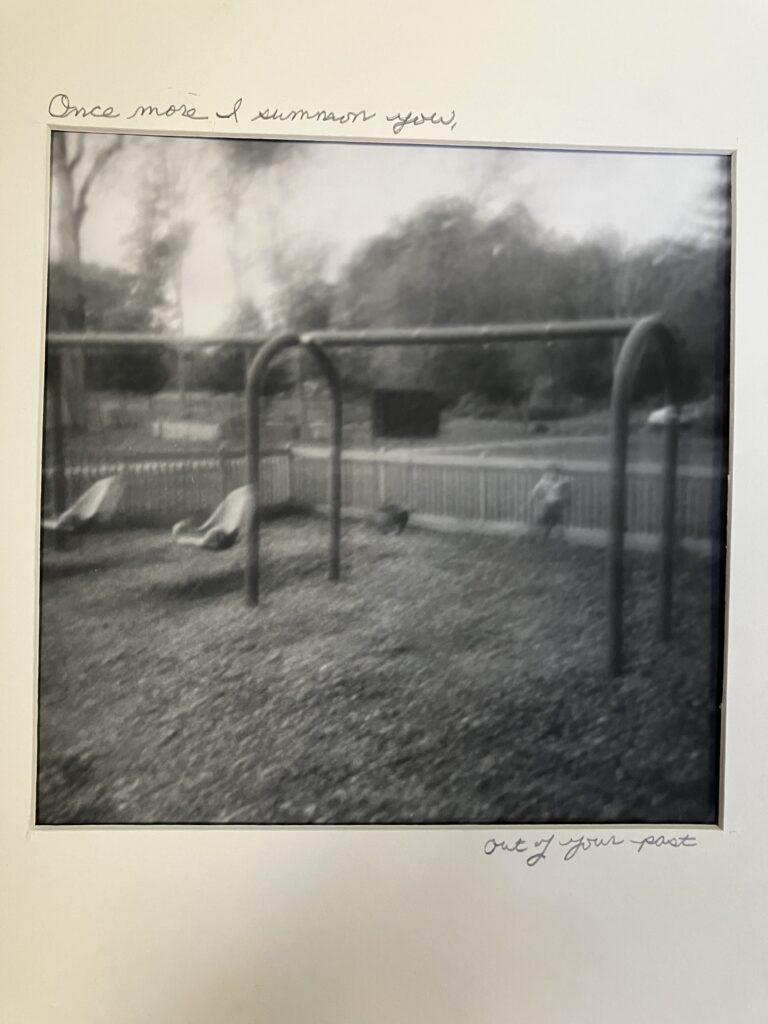

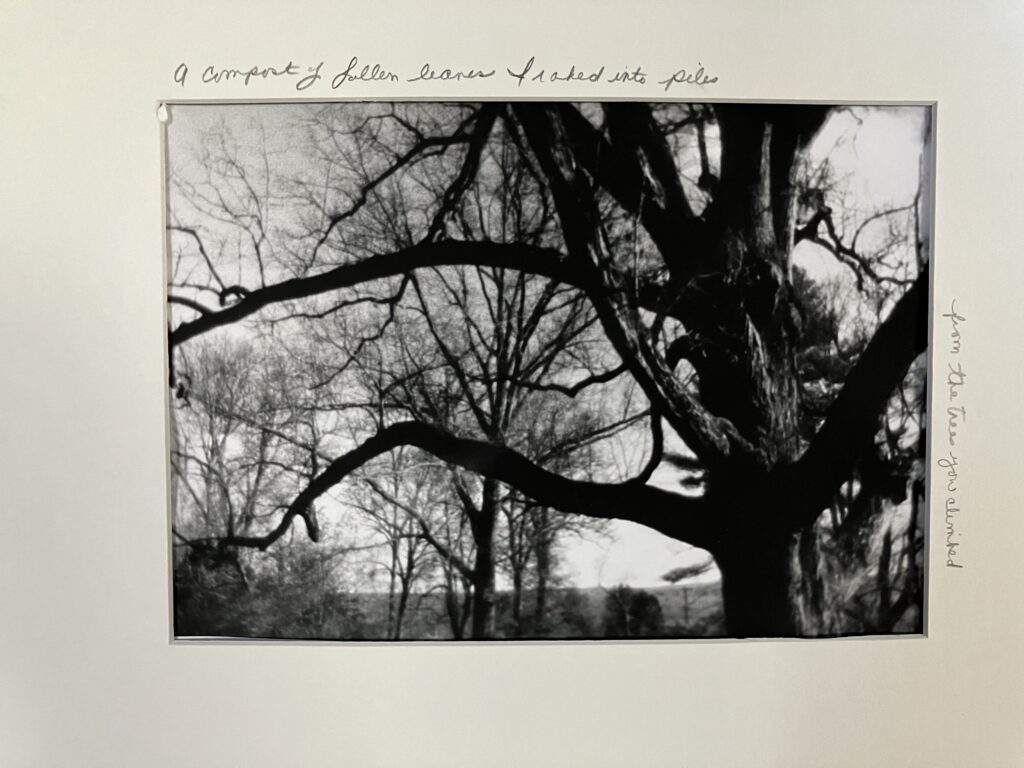

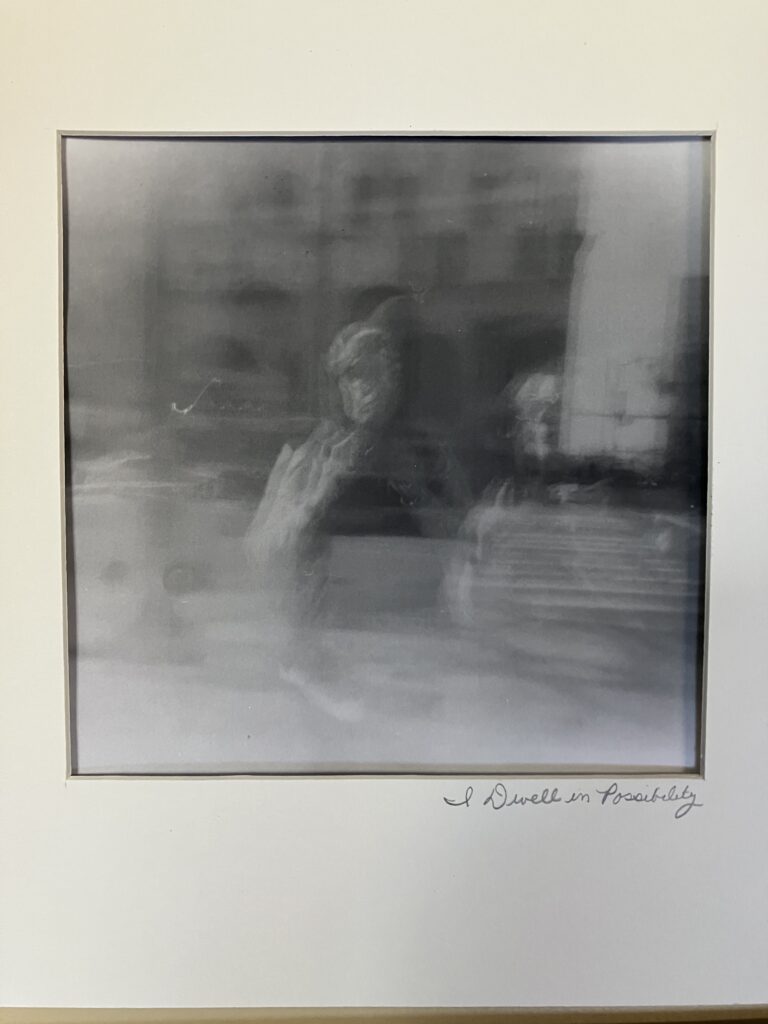

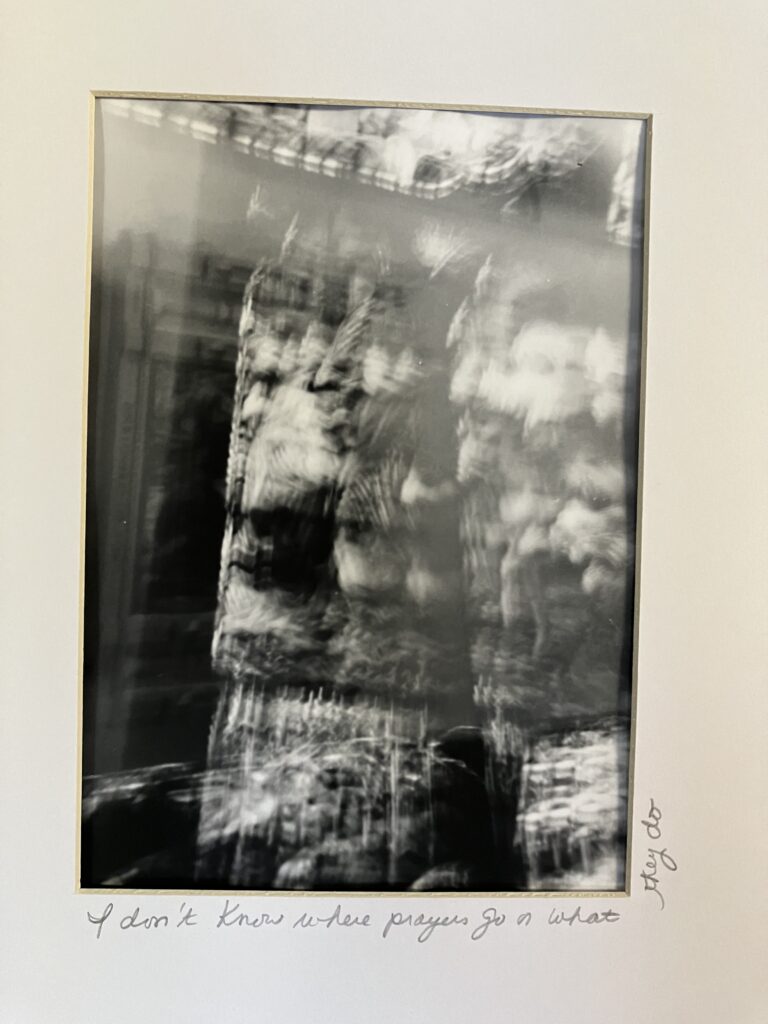
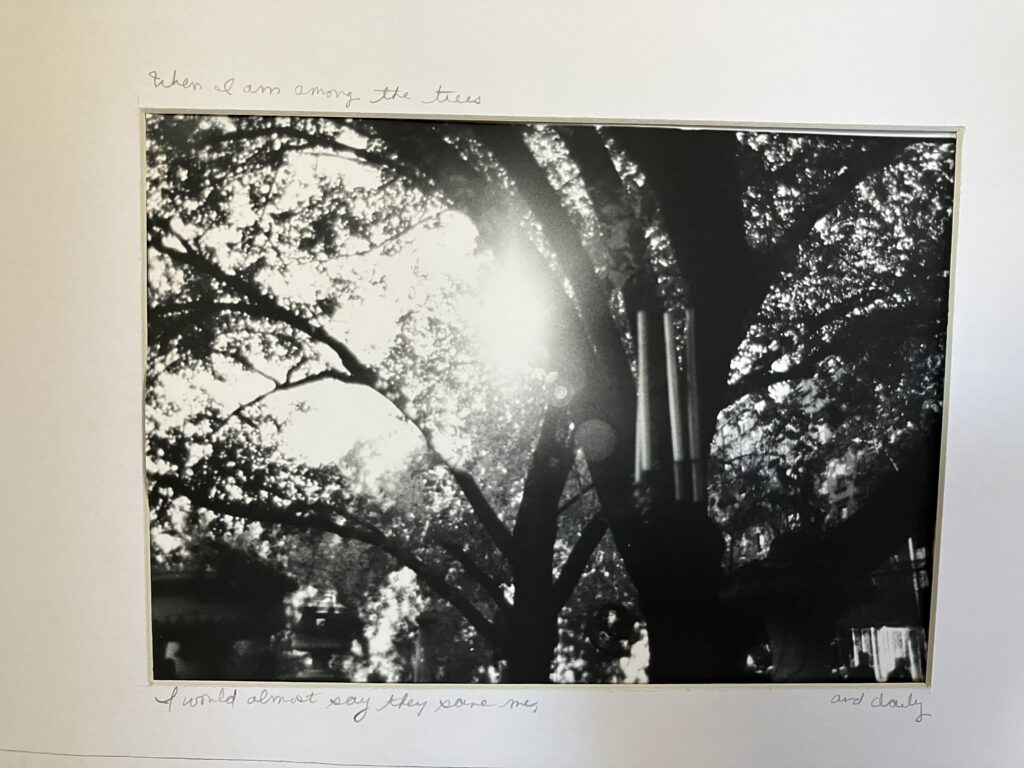


Script: Hello my Art Enthusiasts! Welcome to Episode 172: a solo podcast with me, your host Bernadine Franco: The Holga: Toy Camera and the Female Experience. As many of you who listen to this podcast know, I am a visual arts educator, historian, speaker and of course, a podcaster. I do not engage in studio art. I am not a maker But for the past couple of years, encouraged by artist friends, I took up photography at a community college and goaled to achieve a photography certificate. I want to learn and experience first-hand the artistic process. I chose photography because of my interest and curiosity on what makes a good image. The photography certification enables the student to work with digital cameras, processing digital images through platforms like Photoshop, but also an immersion with film and all of its processes, from taking the photo, to developing the film to making prints. I haven’t used a film camera since I was very young and never did any of my own developing. I shot a roll, took it to a developer, Motofoto was a popular shop and I got what I got; often poorly exposed prints. I think folks of my age who grew up in the 70s and 80s recall this experience.
This past semester, I worked with film, 35 mm and 120. For the first I employed in my picture-taking, what is considered a toy camera; the Holga. I had never heard of a Holga, a plastic camera made in Hong Kong described by the writer Andrew Sempere, “with all the mechanical accuracy and precision of a jar of peanut butter.” The lens is plastic, the back of the camera that shows the image numbers, leaks light so exposure is more difficult to control, the film advance sometimes is difficult to advance—it is a chunk of plastic that let light onto a piece of paper. But those defects in the Holga, again to quote Sempere,” conspired to lend even the most mundane subjects an air of analog beauty.” Analog is the medium that records the image or film.
Sempere’s description is so very true; the resulting photographs often have effects of fuzzy edges and abstract shadows. It creates compelling images. I fell in love with this camera, the tangibility of the plastic in my hands, the serendipity in every photo I took. The black and white film drew out a sense of mystery in every shot. What I learned about the Holga is everyone is manufactured differently. The semi-random nature of the camera means that the photograph I thought I was shooting is not likely to be the one that develops later. I embraced that sense of mystery.
For my class, I purchased a used one. It had no working flash with an aperture of f/8; even with a working built in flash, it’s relatively weak. My Holga functions best outdoors. The results are strangely dreamlike pictures; an eerily soft, gentle focus is cast across the edge of every negative. For my final project I created a series of 10 photographs, several from the Holga and a few from 35mm camera, all images in black and white, printed on fiber based paper, soaked in gold tone and matted. This episode, for the time will be a journey with you into these works. The series is titled: “The Other Side of the Mirror,” 2022
Statement: This series of 10 images is inspired by a comment my thirty-nine year old son made to me in the fall of 2022. He said, “When I look at you, it is like looking in a mirror.” All ten, matted black and white images are stitched with lines of poetry, some I composed, others by poets I admire. Both image and text is my interpretation of what is reflected from me. And what I see, reflected from my boy. In essence these visual expressions are a love letter to my son.
I am going to go through each, describe them, read the text and then give you some context. The reason I am expanding my journey through the image with additional perspective is to offer you, my listener, some insight of artistic process.
You can see the entire series on my website at beyondthepaint.net. This episode is my final show for 2022. I am going to be taking some time to retreat, rest—I had very robust semester of teaching. I want a chance to rejuvenate. I am also rebranding my podcast series, with a new podcast cover, some changes on my website. I will be in 2023, in late January where I will launch new episodes and women artists and the female experience in the visual arts. Thank you for your support. Please like and leave a review on either apple, Spotify or wherever you get your podcasts. It truly makes a difference in getting the word out about the work I do in amplifying the voices of women artists. Thank you! Happy Holidays!
